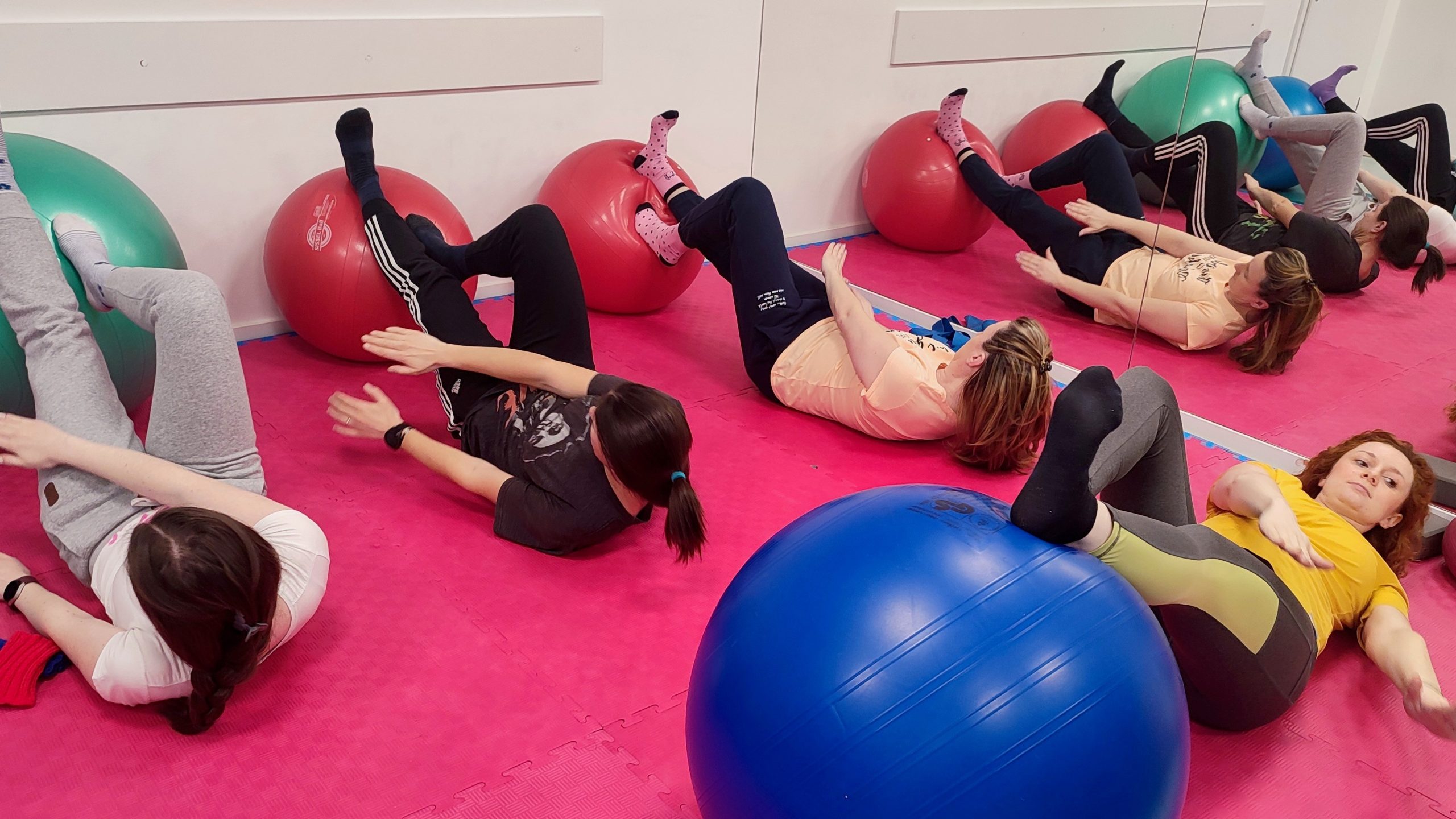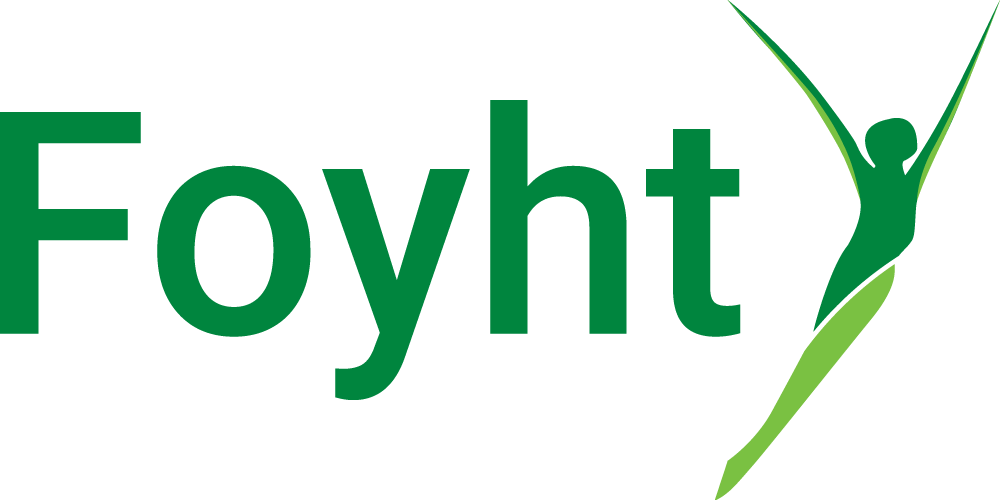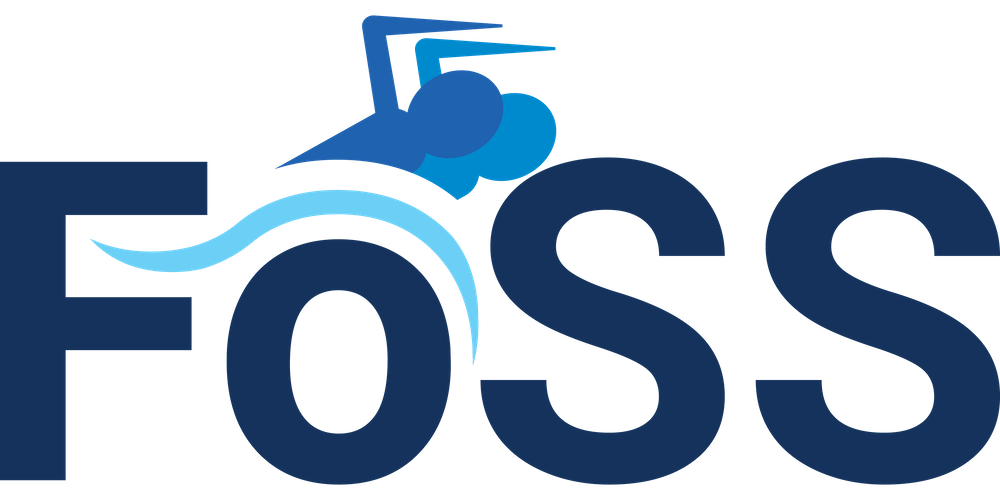…in Rehabilitation, Prevention & Sport
Coordinative Locomotor Training (CLT) Concept in Rehabilitation, Prevention and Sport CLT (Coordinative Locomotor Training) is a facilitative concept carried out without voluntary motor involvement, operating automatically through specific coordinative locomotor patterns that influence the entire human being. CLT is a training and treatment concept developed as an innovation on the PNF (Proprioceptive Neuromuscular Facilitation) approach by Brigitte Dietz, an IPNFA® Advanced Instructor, aimed at addressing spinal issues, post-injury and post-operative conditions, as well as neurological rehabilitation.
By observing body movement in walking and sport, Dietz began to explore ways to improve and ease the work with patients. She integrated her sport experiences with the PNF approach, which produces excellent results, although achieving a good whole-body coordination can sometimes be challenging.
Her work in South Korea and Germany has been recognised as particularly effective, and in 2010 she authored the book Let’s Sprint, Let’s Skate, outlining her method. Since then, many studies (most of which, unfortunately, are in Korean) have confirmed its effectiveness in reducing pain and injuries and improving athletic performance.
The CLT concept is primarily used in the rehabilitation of musculoskeletal and neurological diseases and conditions, as well as in children with postural irregularities and/or movement and coordination deficits.
Another crucial application of the CLT concept is in prevention and/or functional training in sport and fitness (a “hands-off” approach).
Sprinter, Skater, Skiing, Skipping
“Coordinated structures refer to muscle chains that are developmentally and anatomically designed to function together as integrated units” (Kobesova and Kolar, 2014), representing dominant pathways (implicit patterns) that have been part of our evolutionary biology for 8 million years.
Locomotion is the ability to move from one place to another.
Training refers to a specific goal aimed at improving capacity, productivity, and performance.
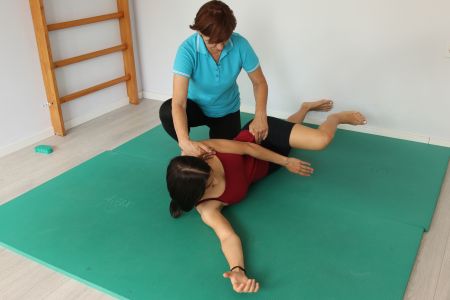
Movement is never associated with only one joint, muscle, or a muscle group.
Coordinated movement is the result of an interaction between integrated body segments, where each segment has a specific role. While we have significant freedom of movement in all joints, observation of a person walking through a city or performing in any sport, reveals that all motions follows certain movement patterns. Depending on the goal and the method of a movement, a degree of freedom is reduced, and energy is optimised and directed toward a specific task. For example, in walking and running, arm and leg movements are alternating. This movement pattern or muscular synergy is referred to as the Sprinter, while another pattern is called the Skater, and these terms are used accordingly in physiotherapy. In other words, in all positions—standing, sitting, on all fours, lying on the back or side, etc.—we perform movements where these patterns are present.
We also use a combination of these two patterns, known as Skiing, which can be observed in walking during double-leg support, skiing, snowboarding, surfing, golf, etc., where both arms are on one side with one leg forward. Another pattern, Skipping, appears during landing actions when both arms are in the air and the legs are directed opposite each other.
In CLT treatment we refer to the implicit patterns of a normal movement.
These patterns are used in the characteristic reciprocal gait pattern and are registered in the motor cortex of the brain. The training programme emphasises these patterns and is most effective in the re-education of normal gait and other locomotor disorders. In all positions, the aim is to achieve antigravity locomotion alongside a physiological head position to ensure quality movement control and upright posture. The optimal performance of functional motor tasks requires good coordination between the trunk and extremities. The entire system then responds to a local functional change in one structure by re-coordinating the whole system.
Advantages of the CLT Concept
One of the main advantages of the CLT concept is the patient’s rapid and correct motor response (motor learning), which is especially important in the treatment of orthopaedic and, in particular, neurological problems. From the literature, we know that when learning a new skill, it often takes thousands of repetitions to master it — especially after a stroke or in other neurological conditions. The brain has the ability to adapt (neuroplasticity), but sometimes it may seem almost impossible to restore certain everyday movements. Although outcomes depend on the location and the extent of brain damage, in my years of practice I have witnessed patients who, through sheer determination, recovered nearly 100% after severe strokes.
One particularly memorable case involved a female patient who arrived immediately after discharge from the neurology department. She could walk only with the support of another person and had a completely flaccid arm. After just the first treatment, she was able to take a few steps unaided and the unconscious finger movements appeared. The next day, she began to consciously move her fingers, and after six treatments, she could bring her hand almost to her mouth, while her gait improved daily. After 10 treatments, she changed rehabilitation centre and I heard that she made an excellent recovery.
Motor learning is an invisible process
Its results are evident through improved activity performance and changes in individual behaviour. It also triggers brain self-organisation, where new coordinative structures are created — that is, adaptation to a new environment. Quality movement is the result of the individual’s ability to actively participate. The specific distinction of the CLT concept lies in its ability to engage the entire body simultaneously, similar to normal walking and other daily activities. A key component, especially at the start, is working within a closed kinetic chain (i.e., with the foot or hand in contact with the surface).
The CLT concept or Sprinter/Skater synergies, uses functional movements. With physiotherapist’s control via key points (lower scapular edge and ischial tuberosity) and the application of resistance to stronger body parts, CLT shows results both in movement quantity and quality. When CLT patterns are applied statically and dynamically in various positions, there is simultaneous activation of the entire abdominal musculature — what Britta Dietz referred to as the Line of Safety— as well as back and leg muscles in contact with the ground (closed kinetic chain feedback).
Besides the patient’s quick recognition and correction of movements, another advantage is the simplicity with which the physiotherapist can control the treatment compared to other approaches, including PNF, from which CLT originated.
Prevention, Functional Training, Sport & Fitness
The Sprinter/Skater synergies emerged from the contemporary sports practices. Every sport requires motor skills to adapt to environmental changes in line with specific goals. The human body is capable of producing the most efficient movement and maintaining stability while expending maximum energy in a short amount of time. However, despite professional training, injuries are frequent across all sports and age groups. The CLT concept offers a way of training or recreational exercise — either individually or in groups — suitable for all age groups. It improves coordination and strength while significantly reducing pain and injury.
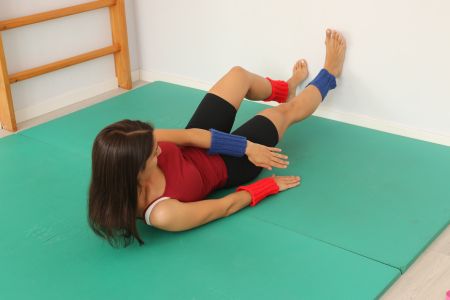
In every CLT synergy and body position, all abdominal muscles are activated to maintain the necessary stability for any arm or leg action.
Functional training refers to self-directed exercise (hands-off), as all body positions and synergies — even those involving physical therapist guidance — can be adapted for independent improvement of fitness, strength, and movement coordination (in sport, fall prevention in the elderly, children of various ages, etc.). At first glance, the exercises may appear simple, but in practice, they require individuals to feel specific parts of their body (pelvic and shoulder positioning, foot placement) with respect to the synergy being performed.
In South Korea and parts of Germany, CLT training has been incorporated into sports-specific training programmes and has become standard practice for reducing pain and injury while significantly improving performance outcomes.
A study in Germany tracked a women’s football team over three years. They had frequent joint pain, lower back issues, high injury rates throughout the year, and poor performance. By changing their regular training just once a week to include Sprinter/Skater synergies in various positions using bands, balls and unstable surfaces, the team improved their fitness, reduced injuries by 50–100%, and significantly improved their performance.
Example: Ski Injury Recovery
A personal recovery example is that of B. Dietz herself, who, in late January 2018, at the age of 77 suffered a triple knee injury while skiing — involving the meniscus, collateral ligament, and anterior cruciate ligament. She was given a removable brace, rested for a week with ice therapy and then began exercising independently using the CLT concept. In addition to CLT treatments she underwent five fascia-level sessions between weeks 5–8. By March, she was teaching courses, treating patients and cycling. At a course in April, which I attended, she played beach volleyball for nearly an hour. By the end of May, after another course, we went forest climbing, where she walked for over two hours on unstable platforms 2–3 metres high, at a moderate difficulty level. Shortly after that, she cycled over 300 km in four days.
Success with Scoliosis
I came into personal contact with B. Dietz eight years ago. The benefits of the CLT concept made my work increasingly engaging as I sought ways to support progress in a growing number of patients with various diagnoses. I was particularly impressed with its application in scoliosis correction, which is typically a long-term process with varied results, heavily reliant on the patient’s consistency with exercise.
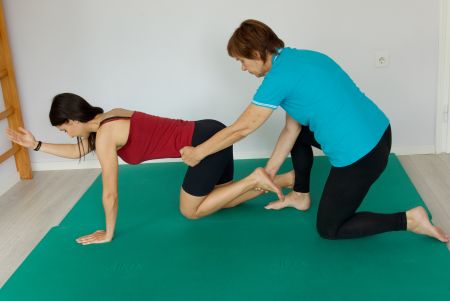
Individual CLT work (hands-on and hands-off) often leads to quick postural corrections, with visible improvement after the very first session. Between 10–15 treatments typically result in quite stable postural corrections. This training is quickly adopted, and because it leads to automatic coordination between the upper and lower body, and front and back, spinal curvature is often reduced and de-rotation occurs. Children who are still growing can maintain these corrections with independent exercises using resistance bands or by occasionally attending individual treatment sessions.
Post-Stroke Rehabilitation
Patients with different diagnoses often express enthusiasm because they instinctively recognise when a movement is performed correctly — it feels effortless and pain-free. Remarkably, even years after a stroke, patients may suddenly regain awareness or control of a movement they had previously lost. The benefits of early post-stroke training include quicker reactivation of body awareness and movement, along with a significant reduction in disability (as illustrated in the earlier patient case).
Working with patients includes teaching them self-treatment at home to maintain progress and eventually shift toward a lifestyle change and to continuing with exercises for the prevention of further problems (hands-off).
About the Courses
CLT A + B Course
This is the basic rehabilitation course, after which a certificate is awarded. It lasts either 3 + 3 days (separate) or 6 days in total. The goal is to master CLT synergies, link them to walking and daily activities and learn how to control each synergy in different body positions.
Patients are not treated during the course but it is recommended to have 1–2 patients demonstrated by the instructor for a clearer understanding of the concept.
CLT C (Clinical) Course
This 5-day course aims to deepen understanding of the CLT concept and its application to various conditions and diagnoses.
Before attending this course, participants are required to prepare a case study of 1–2 patients, including an explanation of the goals of individual exercises, along with a photo or video presentation to be submitted to the instructor. Alternatively, participants may opt to take a practical exam at the end of the course.
CLT X (Exercise) Course
This 2-day course is intended for professionals working with clients in individual or group settings — in sports, fitness, children’s and elderly care — for independent exercise.
Each exercise includes specific instructions on what the client should feel based on the synergy used and how to incorporate elastic bands, balls or unstable surfaces according to client needs
Research & Further Information
Website
Additional DOI: 10.21857/y54jof4wwm
All Photos provided by Gordana Poscic

